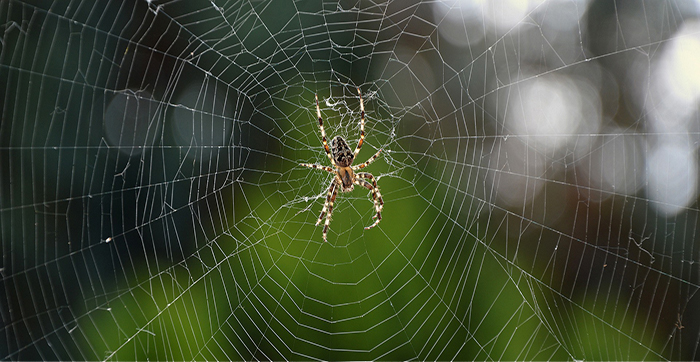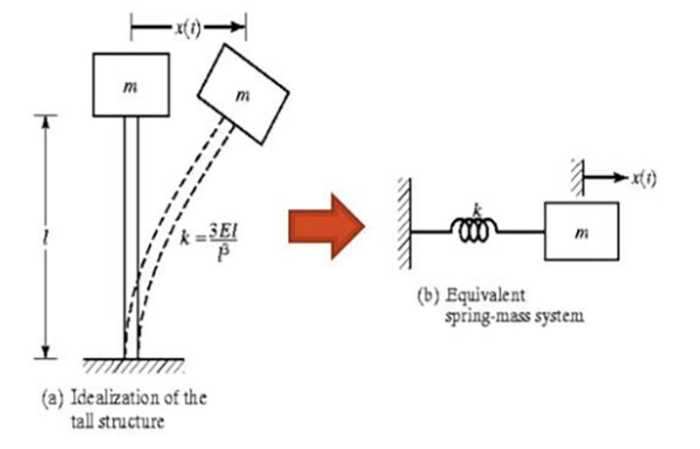
Product Appliction
Fence Intrusion Detection Sensor Types AV308-X
The spider has over 3000 strain sensors on its body, mostly on
the legs and in vibration receptors located near the leg joints.
Since most spiders are degenerated in their eyes, they rely on
vibration receptors concentrated on eight legs to determine the
size and direction of the objects captured in a web.
Determining whether the object trapped in a web is spider’s
prey or not, is possible by detecting amplitude and frequency of
the spider’s web.
If the equivalent elasticity of the spider’s web is ‘k’, we can
simply make equation as follows.

‘f’ : natural frequency ‘m’ : mass
Based on the 'k' and 'f' values obtained from the spider's
vibration receptors, the spider can empirically know the mass of
the catch.

Consider the case of figure shown above.
The vibration sensors used for normal fence penetration have
taken the form of measuring amplitude. The vibration sensor of
good performance can be very useful because it also detects
very fine vibrations. However, since the vibration of the barbed
wire is attenuated as it moves away from the vibration source,
it is limited to estimate the size of the object by amplitude.
When a bird with a comparatively heavy weight sits on a barbed
wire, if the position is near a vibration sensor, it is considered

The above Picture and Equation 1 show that if we check the frequency, we can know the mass of the object or the height that someone is trying to penetrate. We cannot know the mass of the object in contact with the fence with a vibration sensor that simply senses amplitudes, so it is difficult to determine what is going to penetrate the fence. Fence Intrusion Detection Sensor Types AV308-X has a built-in function for frequency analysis of the vibration sensor’s signal, which calculates the amplitude and frequency of the vibration generated by the fence to determine the identity of objects touching the fence. There are many ways to penetrate a fence including digging, cutting, jumping and lifting, etc. AV308-X detects and calculates excellent amplitude sensitivity and vibration frequency and then makes a database of frequency characteristics such as digging, cutting, and jumping the fence. As a result, AV308-X has the ability to fully distinguish whether the fence's signal is a typhoon, an animal's approach or a one-time fence stimulus for people walking around. In addition, by monitoring whether the detected signal is continuous or just one-time, when the penetration attempt is found, it can immediately inform the server of the abnormality
The Specification of FIDS Type AV308-X
FIDS Type includes the following features :
- Embedded 3-axis 16bit resolution MEMS Accelerometer
- Modbus communication support with RS485 serial communication
- Embedded FFT and Digital Filter
- WiFi direct
- Compact & light size for the improvement of measurement sensitivity (20*21*10mm)